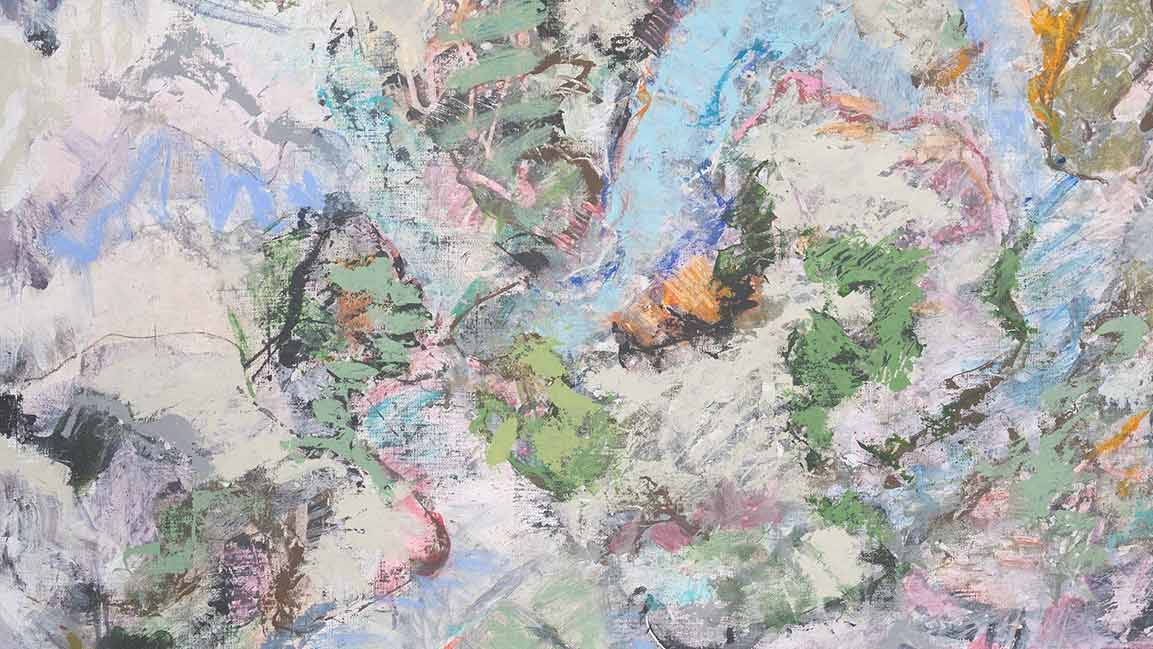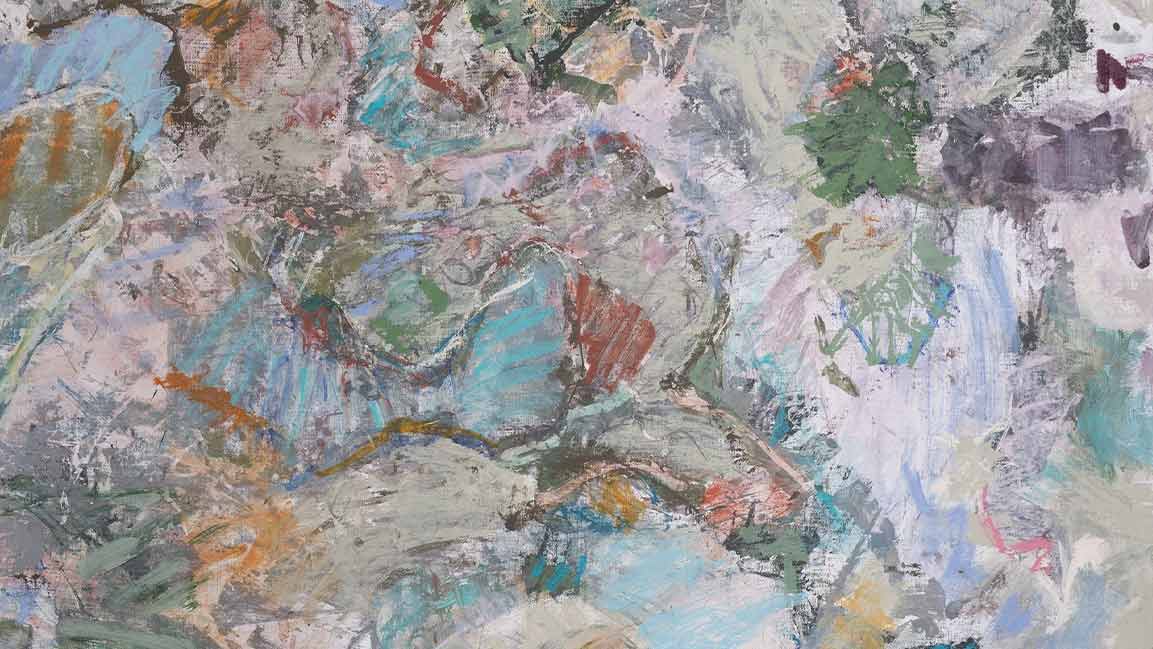- | 10:00 am
Art attack: How art can be a tool for climate activism
Kico Camacho's artworks, currently exhibited in Dubai, are a profound exploration of climate change and sustainability

Art can move us powerfully towards activism on climate, enhancing our sense of agency. Over hundreds of years, art has served as an indomitable force, transcending aesthetic expression to become a powerful tool for environmental stewardship.
But to have the best chance of doing so, it must be aesthetically strong and thought-provoking for collective action.
From cave paintings to contemporary installations, artists have woven narratives that echo the delicate balance between humanity and the natural world, inspiring contemplation, advocacy, and a collective call to action.
Artists like Leonardo da Vinci and Albrecht Dürer embraced nature as a wellspring of inspiration. Their meticulous botanical studies and detailed observations of wildlife exemplified a reverence for the intricacies of the natural world. Artists such as Caspar David Friedrich and J.M.W. Turner, driven by a deep appreciation for the sublime, created works that served as both homage and warning. In these canvases, nature became a muse for introspection and a mirror reflecting the consequences of industrialization. As the 20th century unfolded, artists like Georgia O’Keeffe and Ansel Adams utilized their craft to engage with environmental issues directly.
With the ongoing COP28, a captivating exhibition, part of ME Dubai’s Cultural Connections initiative in collaboration with ArtKōrero, Madrid-based Kico Camacho’s artistic creations will take center stage, offering viewers a profound exploration of climate change and sustainability themes.
Against the backdrop of Zaha Hadid’s architectural design, the aerial compositions promise to immerse viewers in a world of vivid hues and captivating forms.
Speaking on the role of art in tackling urgent environmental challenges, Camacho says, “Art evokes emotions and feelings that consciously or unconsciously provoke questions. In this sense, it has great power as it puts into question our perception of reality and, therefore, our awareness of things may shift. Art provides us with means and conditions to see the world more diversely.”
Camacho’s artistic process, deeply intertwined with climate change and sustainability, is fueled by his concerns, particularly for plastic pollution.
STIRRING AN AWAKENING

Courtesy: Kico Camacho
He hopes to stir an awakening for the planet through his works. “I want the viewer to experience these landscapes from an unusual perspective, to fly freely like a bird, as I do when I paint. Also, I want to bring awareness to these colorful landscapes, crisscrossed by rivers and teeming with life, which might become plastic depots if we do not protect the environment.”
Reflecting on the broader role of art in climate activism, Camacho adds, “Art can be a tool for many purposes. It seems a giant step forward that in the face of technical and scientific problems, an artist is asked for his or her opinion.”
Considering the potential impact of the artistic community on public perceptions towards sustainable practices, Camacho says, “From its different artistic currents and expressions, art can inject new and diverse viewpoints that propel conversations about our current global problems and creative solutions.”
Overall, Camacho says art is impactful if it has the “power to move” people, mindsets, and viewpoints.
TRIGGERING CHANGE

Courtesy: Kico Camacho
As Camacho’s exhibition unfolds against the backdrop of the climate conference, it becomes clear that art, in its myriad forms, can catalyze raising awareness, challenging perspectives, and inspiring action in the face of pressing environmental challenges. Camacho paints landscapes and narratives with each brushstroke that beckons viewers to reflect on their role in fostering a sustainable future.
When asked how art can foster a greater sense of environmental stewardship, Camacho says, “Bringing awareness to the interconnectivity of nature and our shared global responsibility to sustainable development. Inspiring and triggering the viewer to reflect on biodiversity loss and degradation of ecosystems.”
“Art has many diverse tools to encourage society to reflect,” he adds.
Discover Camacho’s artworks on display at ME Dubai, open to visitors until 15 December 2023.
Delve deeper into the design-thinking process and global design trends, encompassing urban planning, biophilic design, immersive technologies, and more, at the Innovation By Design Summit, partnered with Msheireb Properties, in Doha on April 24. Attendance at the Innovation by Design Summit is by invitation only. Delegates can register here to receive their exclusive invite.








































